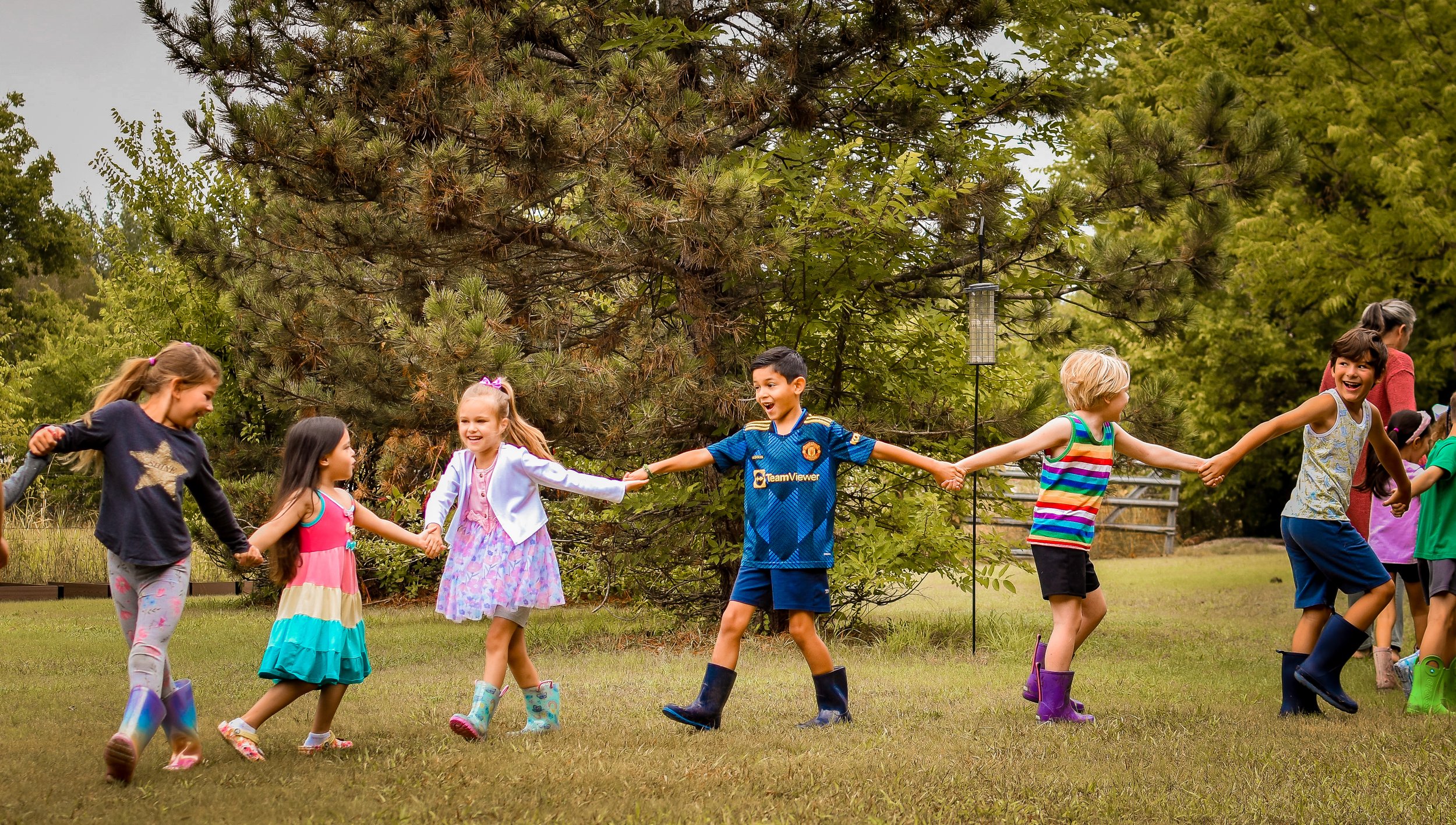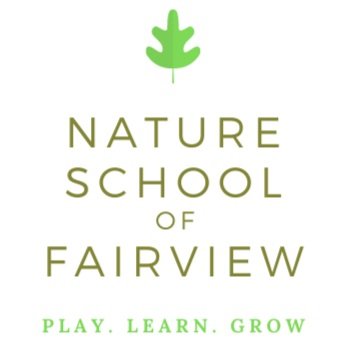
What We Do
Our Mission
is to protect the innocence of childhood. To respectfully provide a dynamic natural environment to deepen the child’s relationship with nature, and to encourage every students innate curiosity.
“Earth and sky, woods and fields, lakes and rivers, the mountain and the sea, are excellent schoolmasters, and teach us more than we can ever learn from books.”
— John Lubbock
What is A Nature School?
Nature school embodies an immersive outdoor education approach where students explore natural environments to cultivate personal, social, and technical skills. It encapsulates an inspiring journey, providing children, young adults, and even adults with consistent opportunities for hands-on learning amidst woodland surroundings. Operating as both a pedagogical philosophy and a tangible institution, the term 'nature school' seamlessly intertwines the educational approach with its physical manifestation.
🌿🌿🌿
Nature School of Fairview
At the Nature School of Fairview, we seamlessly weave nature into our daily learning experiences, recognizing its profound impact on holistic development. We cherish the boundless freedom of outdoor play and exploration, viewing it as essential for fostering creativity and curiosity in children. Rooted in principles drawn from Waldorf, Reggio Emilia, and Montessori methodologies, our philosophy prioritizes not only academic excellence but also the physical and mental well-being of every child. We believe that a happy, fulfilled, and flourishing child emerges from a harmonious balance across these domains.
Central to our ethos is a deliberate embrace of a non-technological environment. While we acknowledge the role of screens in contemporary society, our focus lies in igniting the imagination of our students during their time with us. We've observed that screens often divert attention from this transformative process. Ask any child, and they'll attest: building a fort or splashing in a muddy puddle offers unparalleled joy and engagement.
Dedicated to inclusivity, we welcome individuals from all backgrounds, ethnicities, races, beliefs, and traditions into our community. We recognize diversity as a cornerstone of enriching educational experiences.
At our core, we're committed to restoring the art of meaningful conversation in children's lives. By actively listening to our students, understanding their passions, and tailoring lessons to incorporate those interests, we foster genuine engagement and a lifelong love for learning. It's a simple yet powerful principle: where there's attentive listening, there lies the foundation for effective lesson planning.
Beyond academics, we aspire to be a nurturing community that extends support to families on their parenting journey. Through regular gatherings, we provide a platform for like-minded individuals to share ideas, forge connections, and cultivate a network of mutual support. At Nature School, we endeavor to be more than just an educational institution — we aim to build a village that nurtures and uplifts each other.
What is Waldorf and why we are inspired by it?
Waldorf pedagogical theory places a profound emphasis on nurturing the imaginative faculties during early childhood development. Understanding that young children learn most effectively through immersive experiences and unselfconscious imitation, Waldorf-inspired preschools and kindergartens prioritize an environment conducive to experiential learning. Central to this approach is a curriculum rich in hands-on activities, where children engage in practical tasks and imaginative play, guided by the rhythm of a carefully structured daily routine.
In Waldorf-inspired settings, each day unfolds with a harmonious blend of free play, artistic endeavors such as drawing, painting, or modeling, and communal activities like circle time, where songs, games, and stories foster a sense of connection and shared experience. Practical tasks such as cooking, cleaning, and gardening are woven into the fabric of daily life, offering children opportunities to engage with the world around them in meaningful ways.
The classroom itself is intentionally designed to evoke the warmth and familiarity of a home environment. Furnished with simple, natural materials that stimulate creativity and invite exploration, it serves as a nurturing space where children can immerse themselves in imaginative play and creative expression. Outdoor recess periods further enrich the learning experience, providing opportunities for physical activity and connection with the natural world.
In alignment with Waldorf principles, the use of electronic media, including television and computers, is discouraged in kindergarten and lower grades. This stance reflects a belief that such media can disrupt children's developmental needs, promote sedentary behavior, and limit opportunities for imaginative engagement. By prioritizing natural materials and fostering an environment free from electronic distractions, Waldorf educators aim to cultivate a sense of wonder, creativity, and connection to the world, laying the foundation for lifelong learning and holistic development.
What is the Reggio Emilia Approach?
The Reggio Emilia approach to early childhood education views young children as individuals who are curious about their world and have the powerful potential to learn from all that surrounds them. Educational, psychological, and sociological influences are important factors to consider in understanding children and working to stimulate learning in appropriate ways. Reggio teachers employ strategies such as exposing children to a wide variety of educational opportunities that encourage self-expression, communication, logical thinking, and problem-solving.
Principles of the Reggio Emilia Approach:
The Reggio approach follows four major principles. These are:
Emergent Curriculum: A classroom’s curriculum stems from the particular interests of children. Curriculum topics are derived from talking with children and their families, as well as from things that are known to be interesting to children (puddles, dinosaurs, and so on). Teachers compare notes and observations in team planning sessions to decide which projects would be best suited to children in their classes, what materials will be needed, and how they can encourage parents and the community to become involved.
In-Depth Projects: These projects are thorough studies of concepts and ideas based on the information gathered about children’s interests. Projects are often introduced to children as adventures, and can last anywhere from a week or two to the entire school year. Teachers act as advisers on these projects, helping children decide in which direction they would like to take their research, how they can represent what they learn, and what materials would be best suited for their representations.
Representational Development: This principal takes into account Howard Gardner’s concept of multiple intelligence. The Reggio Emilia approach calls for the presentation of new ideas and concepts in multiple forms, such as print, art, drama, music, puppetry, and so on. Varied presentations ensure that all children have the chance to understand and connect with the concepts being explored.
Collaboration: The idea of collaboration is seen as necessary to further a child’s cognitive development. Groups both large and small are encouraged to work together to problem-solve using dialogue, comparisons, negotiations, and other important interpersonal skills. Each child’s voice is heard in order to promote a balance between a sense of belonging to the group and a sense of self.” (Alisa Stoudt, n.d.)








